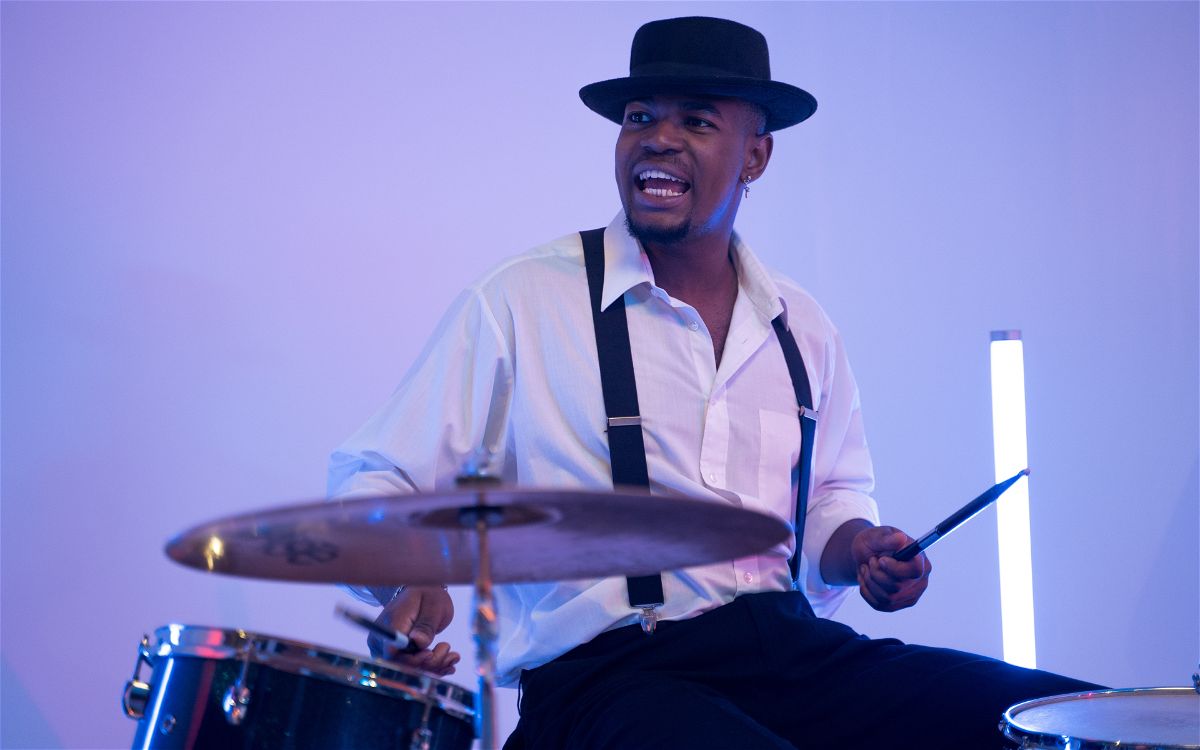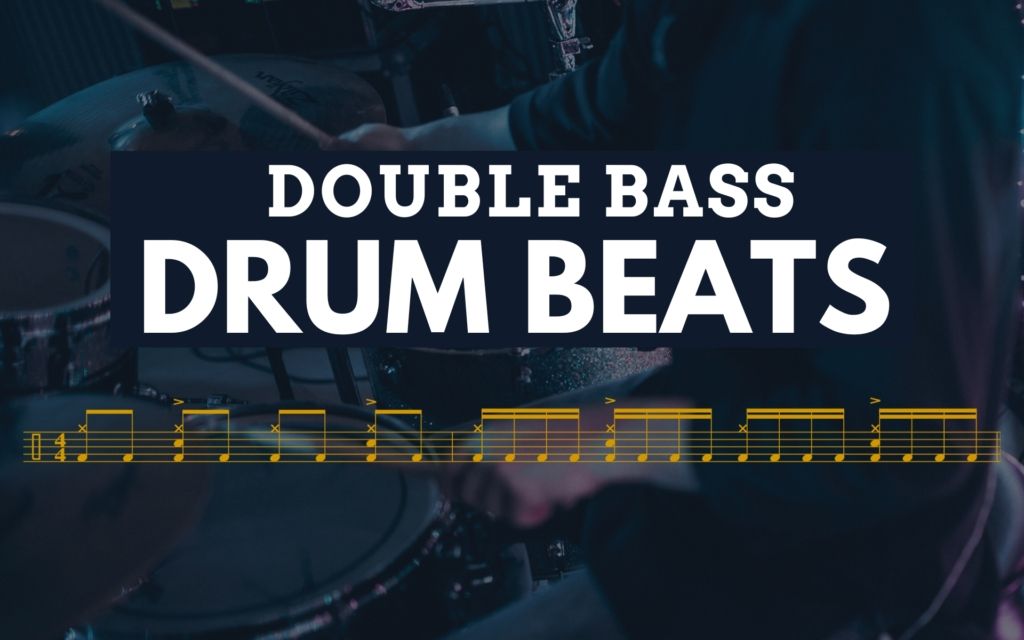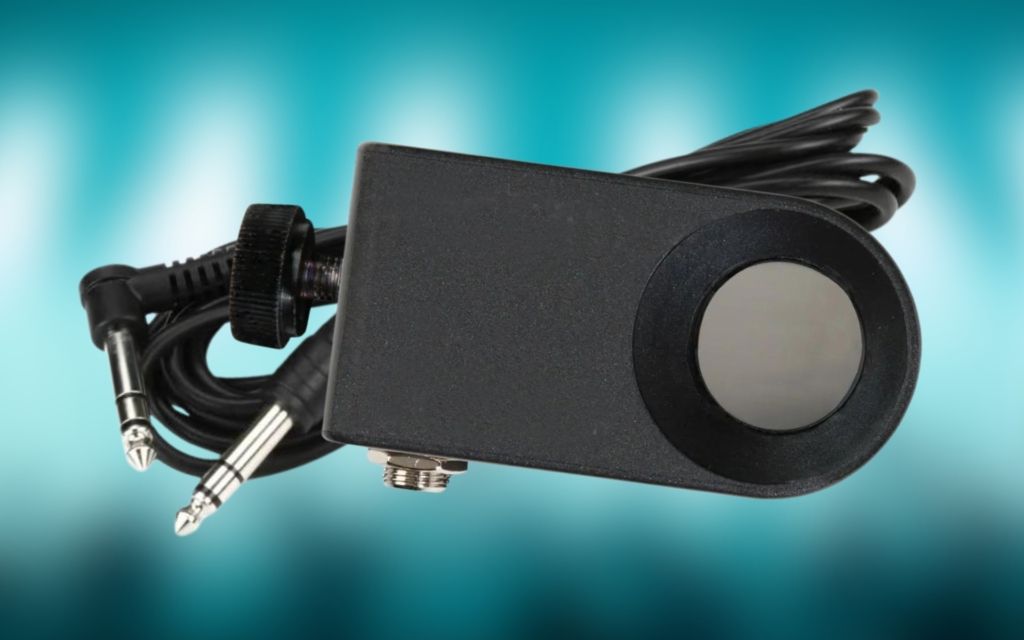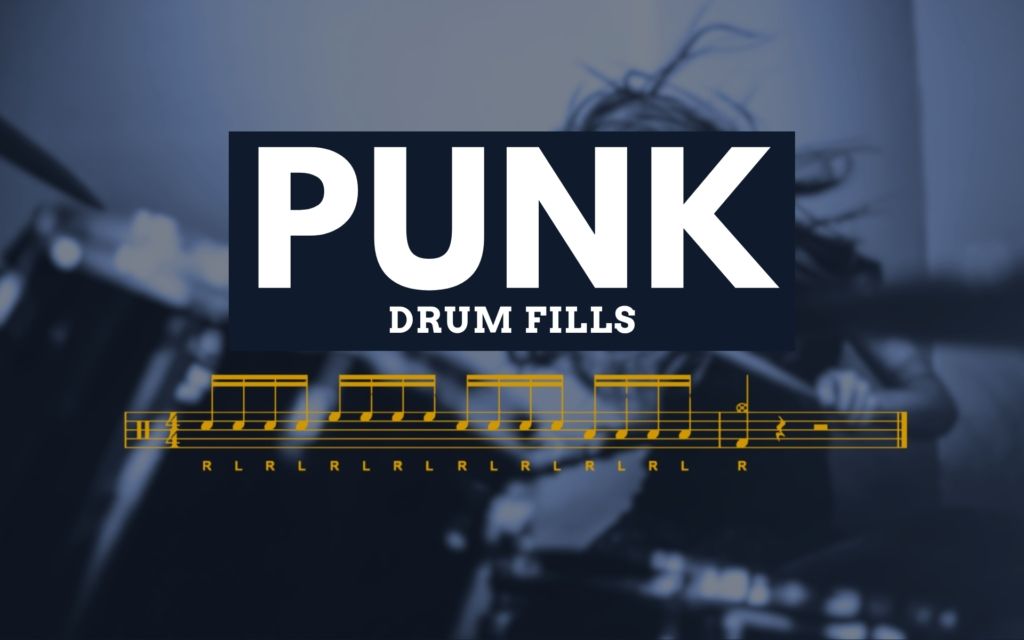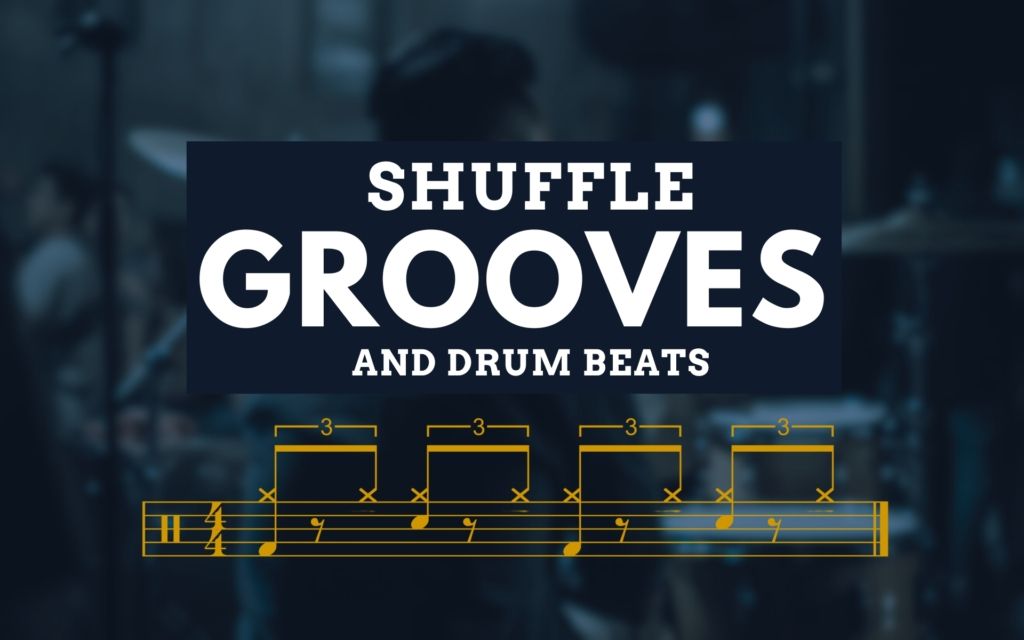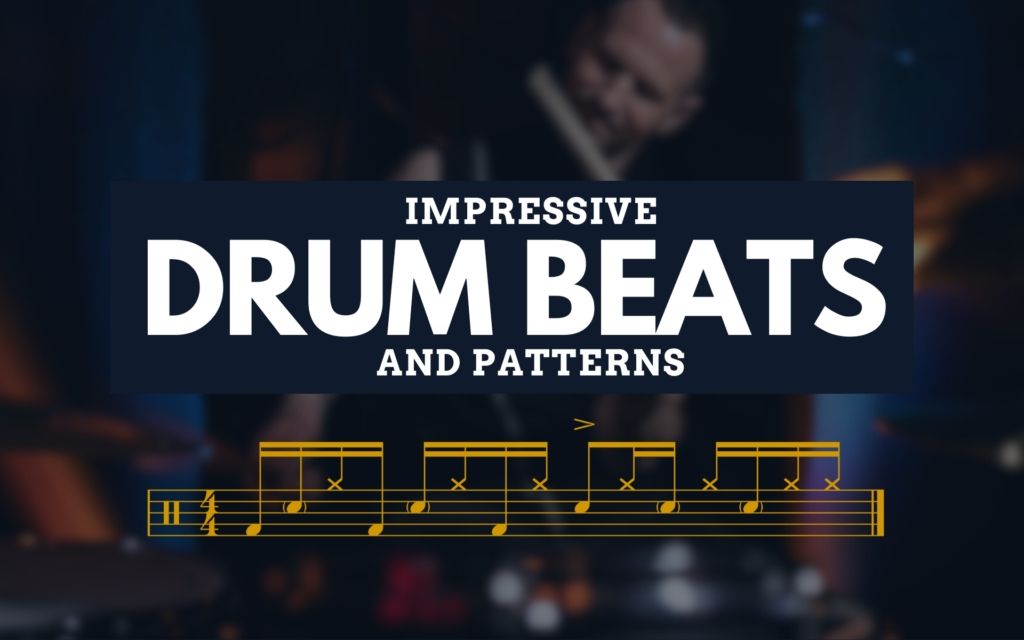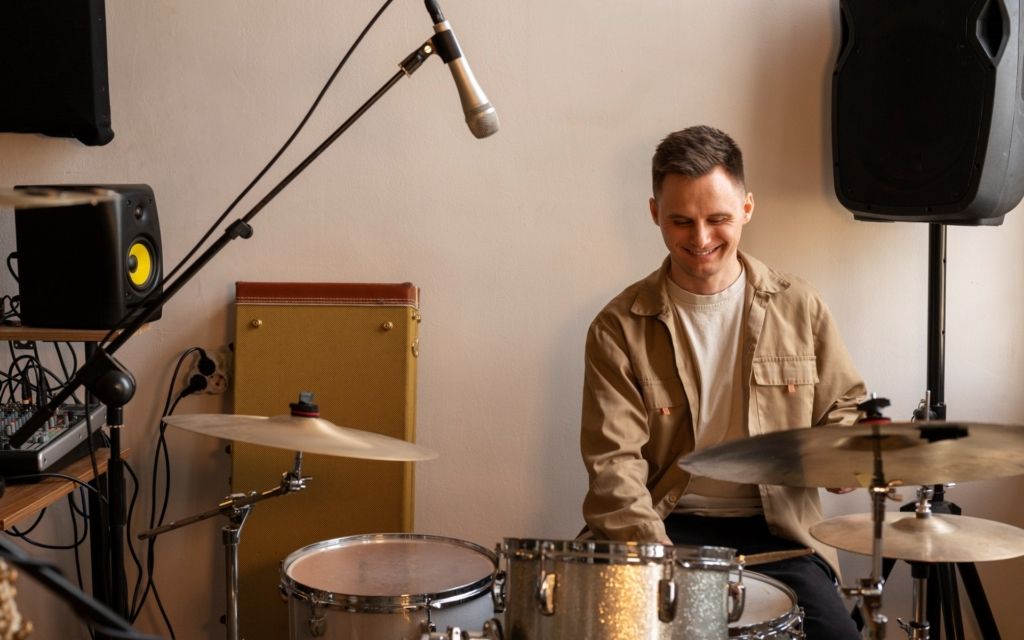The bossa nova groove is one of the most essential Latin beats that jazz drummers should know. It’s typically one of the slowest ones, so it’s quite easy to learn.
However, mastering the timing and feel can be tricky. In this guide, I’m going to give you ten great nova grooves to play.
The first few will set the foundation, while the rest will build onto that and get a bit more complicated. Let’s check them out.
Contents
Bossa Nova Beat 1

This first groove contains the most essential rhythms that you need to play in most bossa nova grooves. Make sure that you can play this one before moving on to any of the others.
On the hi-hat, you’re going to play simple eighth notes. Keep them as evenly spaced as possible, and make sure to make them sound quite light.
On the bass drum, you’re going to play a repeating ostinato foot pattern. It will start with one bass drum, and then you’ll play two in a row. When the phrase repeats, you end up playing two in a row the entire time.
Since this is a bossa nova beat, you don’t need to play this very fast. Just make sure that it feels good to play before moving on.
Bossa Nova Beat 2

The second beat is another primer groove to learn before attempting the rest. This one is a lot trickier to play than the first, though.
You’re going to play the same rhythms, but you’re going to open your hi-hat on the “ands” of beats one and three.
You’re then going to close the hi-hat immediately afterward so that you get a tight sound on beats two and four.
Spend a bit of time on this, as it’s going to need to go on autopilot when you start adding in your left hand to play notes on the snare drum.
Bossa Nova Beat 3

This is the quintessential bossa nova drum beat. This is what most people are thinking when they ask you to play a bossa, making this the most important beat on this list to learn.
You’re going to play the same eighth notes on the hi-hat and doubles on the kick drum, but you’re going to add a repeating clave pattern on the snare.
You’ll play three cross-sticks in the first bar and then two in the second. This rhythm is known as a 3/2 clave, and it’s incredibly popular in Latin music.
Bossa Nova Beat 4

In this groove, you’re going to play the same snare pattern for both bars. The cross-stick will land on beat one, the “and” of two, and beat four.
You’ll get a bouncier feel here due to the snare drum pattern repeating, so this is an excellent beat to play when a song starts to build. The most common place would be when a musician is soloing and the band has to build with intensity underneath the solo.
Bossa Nova Beat 5

Here’s another solid bossa groove that you can use to build a song. You’re going to play a cross-stick on all the quarter note counts, giving the beat a driving feel.
This kind of groove is also very commonly used in African jazz when those songs use Latin grooves as an influence.
To add a bit of variety, you can also move your right hand to the ride cymbal.
Bossa Nova Beat 6

Now things are going to get a bit tricky. You’re going to play the standard bossa nova groove that we learned in beat three, but you’re going to add that open hi-hat rhythm that we looked at in beat two.
This is the first groove on the list that requires you to use all four of your limbs, and it’s not an easy one to pull off.
Make sure to play it very slowly at first, and then speed things up once you get comfortable.
Bossa Nova Beat 7

Moving back to closed hi-hat notes, the new thing in this groove is that you’re going to play quite a busy rhythm on the snare drum.
The trickiest part comes when you play two cross-sticks in a row on beat three of the first bar.
When you loop this groove a few times, you’ll start hearing the snare pattern as a phrase. Once you hear that, it actually becomes a bit easier to play.
Bossa Nova Beat 8

Here is arguably the hardest groove on this entire list. You’re going to play the same drum beat as we did in the last section, but you’re going to add the open hi-hats from beat two.
The part where drummers will stumble will be where you play the snare drum and an open hi-hat at the same time on the “and” of beat three. Once you get that down, the rest of the groove should come quite naturally.
Bossa Nova Beat 9

We’re going to open things up here by moving your right hand to the ride cymbal. You’ll play the standard bossa nova pattern, but the added aspect will be to keep time with your left foot.
You do that by closing the hi-hat with your foot on beats two and four of every bar. This is the standard way of keeping time when playing jazz, and it works perfectly for Latin grooves as well.
Bossa Nova Beat 10

The final groove is an extension of the last one. You’ll play everything the same, except you’re now going to play the ride bell on beats two and four.
So, you’ll play the bell whenever your left foot plays the hi-hat. If you play the ride after the bell quite softly, you’ll get an interesting group of three sound for the beat.
To keep it sounding light, make sure to play the bell with the tip of the stick and not the body.
Tips for Learning a Bossa Nova Drum Pattern
Make Sure to Have a Light Touch
When listening to traditional Brazilian music, you’ll hear that there aren’t any acoustic drums being played. It’s actually a group of percussion players playing various instruments.
To replicate a good bossa nova rhythm on the drum kit, you need to make sure that you have a light touch.
A bossa is a lighter and slower form of a samba, so it’s always meant to be played in a laid back manner. If bossa nova drums were loud, the song would sound far too aggressive.
When playing bossa nova music, think about performing them in a hotel lounge or on a cruise ship where people are sitting at tables and talking to each other.
Play With Your Heel Down on the Bass Drum
A good way of ensuring that you play these grooves lightly is by playing with your heel down on the bass drum pedal. The heel-down technique is one that some drummers love, while others prefer playing with their heels up.
If you play with your heel up, you’re going to get more force behind your strokes from your thighs, and that will naturally make them louder.
Only use your ankles to play strokes, and then make sure that you don’t dig the beater into the bass drum.
It often helps to have a soft beater, but you don’t need to go that far if you’re someone who plays many styles of music, as it won’t be versatile.
Keep Your Stick on the Surface of the Hi-Hat
Another excellent way of keeping these grooves sounding light is by only playing on the surface of your hi-hats.
It’s quite common for drummers to use the body of a drumstick to strike the edge, but that leads to quite an aggressive hi-hat sound.
With Latin grooves in jazz drumming, you want to make your hi-hat strokes resemble a shaker, so you need to keep them sounding as even and as light as possible.
If you’re struggling to only play the surface, try lowering your hi-hat stand so that you’re not tempted to strike the edge of the hats.
Use Wooden Tipped Drum Sticks
You want to do your best to get a natural and earthy sound from your cymbals, so it’s typically preferred that you use wooden sticks instead of nylon when playing Latin and jazz music.
It’s not a train smash if you do use nylon tips. The difference is incredibly subtle. However, every detail counts in the end, and this one detail can help set the tone of these bossa nova grooves.
Focus on Improving Your Open Hi-Hat Technique
You would have seen in many of the grooves mentioned above that you need to open your hi-hats to create a hi-hat bark sound.
This is a technique that many drummers struggle with when they first start playing the drums. It’s a good idea to work on it before attempting these grooves, as it can get quite overwhelming to focus on getting a good hi-hat bark while also playing different rhythms with your other limbs.
Remember to be just as gentle with your open hi-hats as you are when playing closed hi-hat notes.

